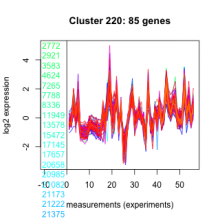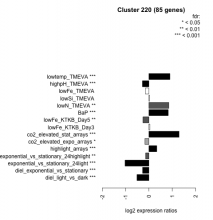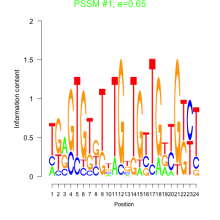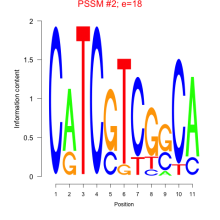Details:
The uptake and phosphorylation of specific carbohydrates from the extracellular environment; uptake and phosphorylation are coupled, making the PTS a link between the uptake and metabolism of sugars; phosphoenolpyruvate is the original phosphate donor; phosphoenolpyruvate passes the phosphate via a signal transduction pathway, to enzyme 1 (E1), which in turn passes it on to the histidine protein, HPr; the next step in the system involves sugar-specific membrane-bound complex, enzyme 2 (EII), which transports the sugar into the cell; it includes the sugar permease, which catalyzes the transport reactions; EII is usually divided into three different domains, EIIA, EIIB, and EIIC.









Add comment